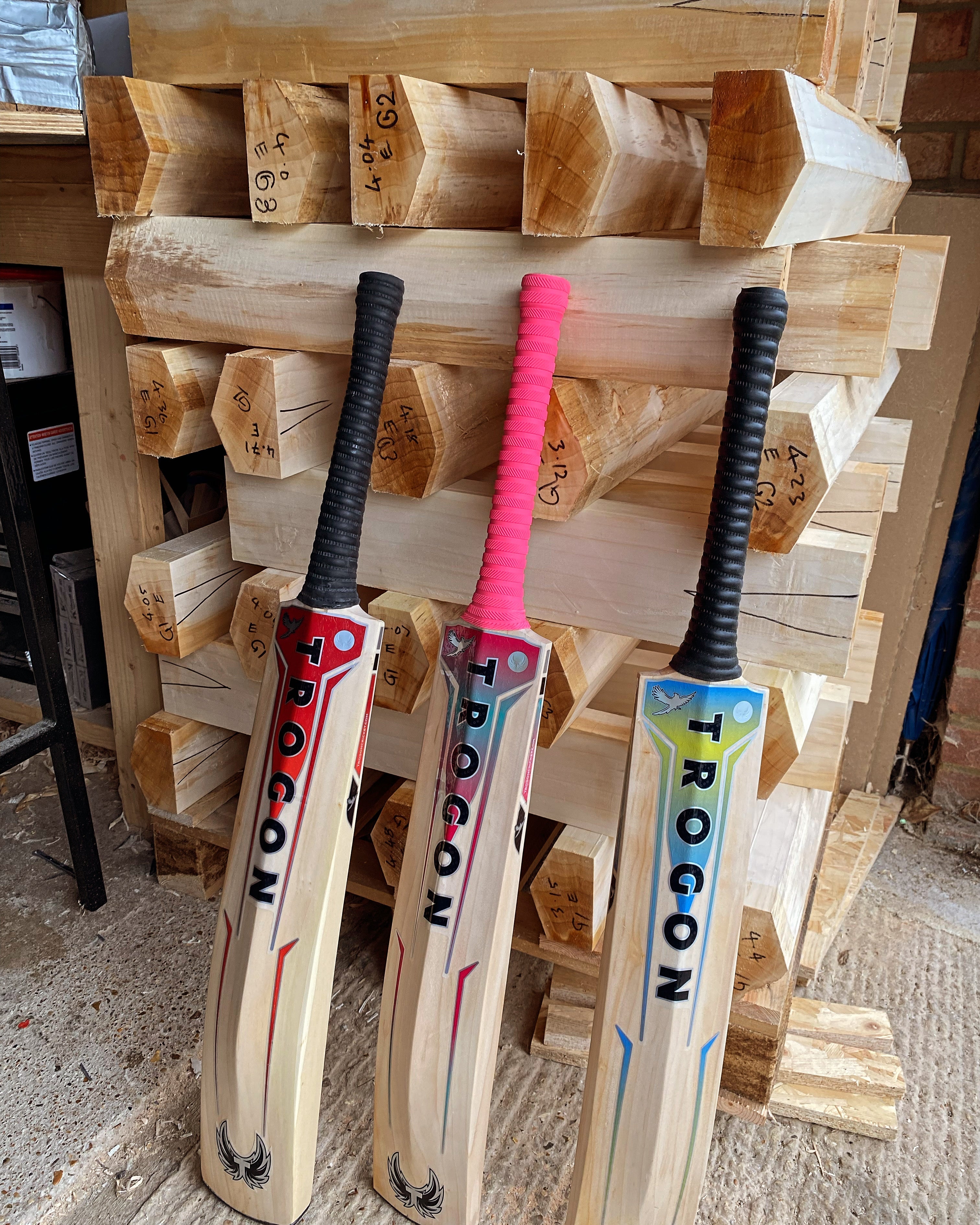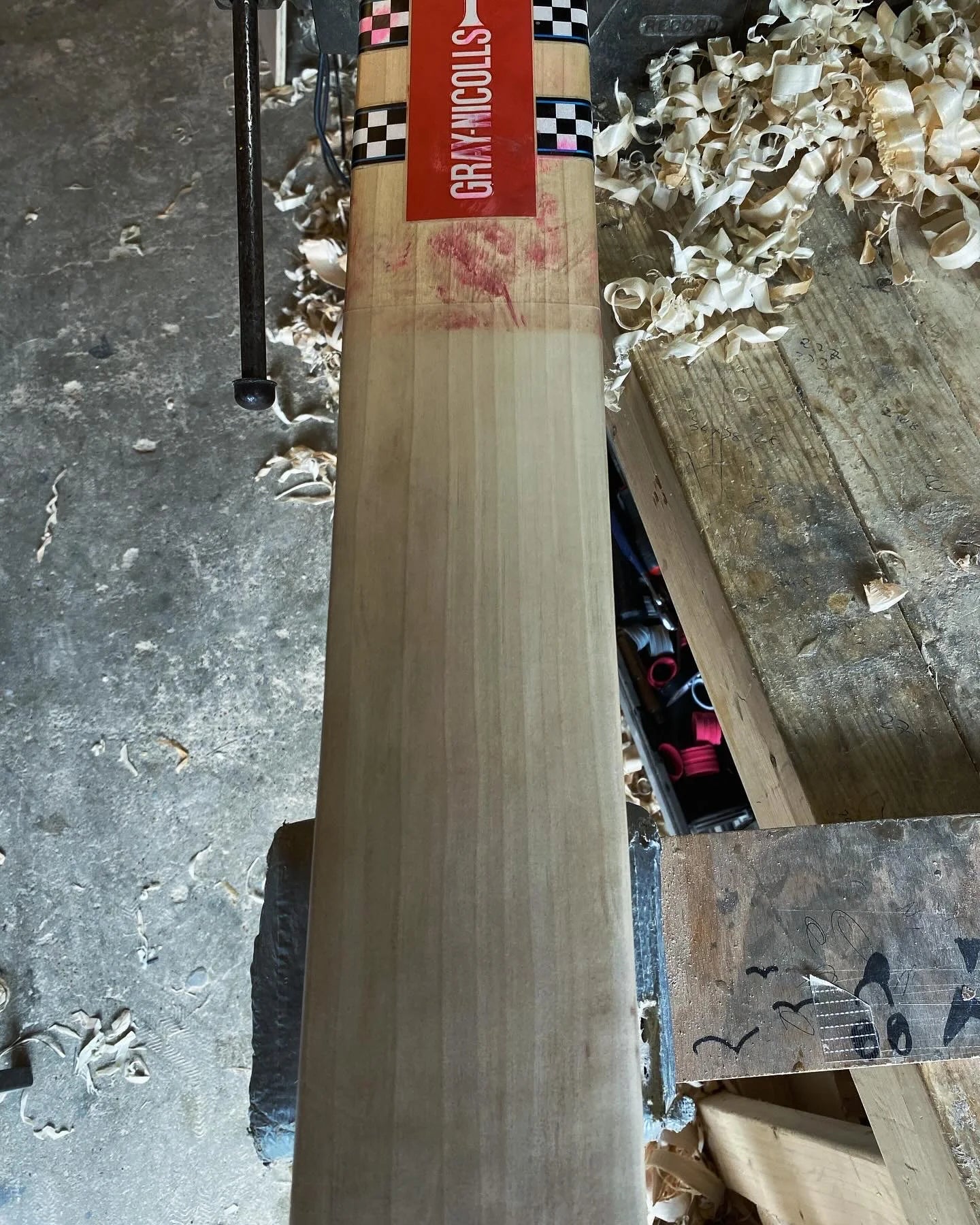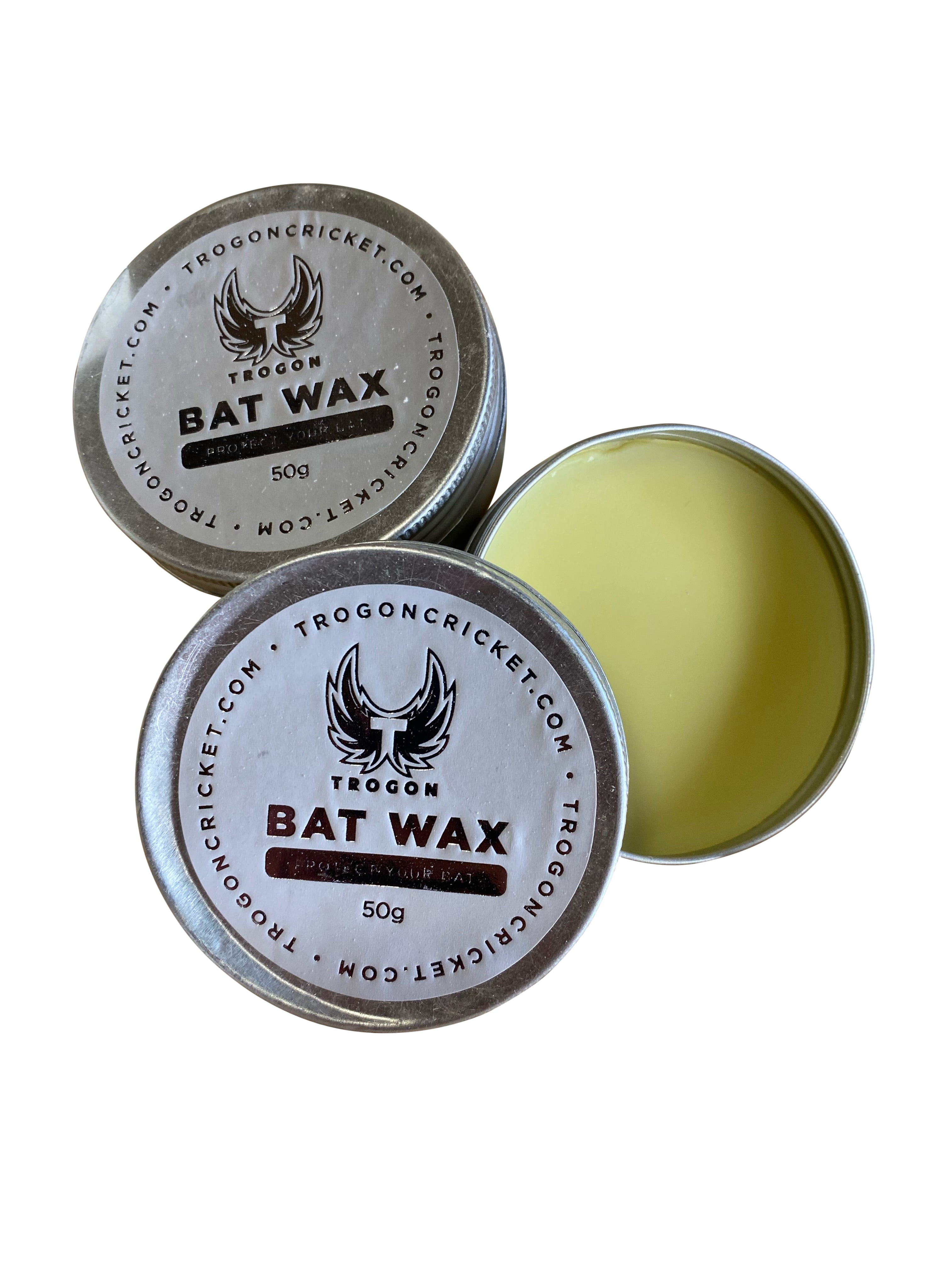There is nothing better then feeling the warm mornings and knowing the cricket season is just round the cornre. Pre-season preparation is not just about honing your skills but also about getting your cricket bat ready for the new season.
But, how can I get my bat ready for the new season?
To prepare your cricket bat for the new season, start by sanding it down and applying two coats of raw linseed oil to replenish moisture. Check for any shoulder cracks and repair them promptly. Finally, add a toe protector to guard against moisture damage, ensuring your bat remains in top condition.
In this blog post, we'll share three essential tips to help you get your bat game-ready.
So, as quick as Joffra bowls, let's jump in and get all the details.
The Importance of Oiling Your Cricket Bat
Oiling your cricket bat is a fundamental step that is often overlooked. After a season, most players tend to store their bats without much thought, leading to them drying out considerably.
Modern cricket bats are crafted to be lighter yet larger, which involves reducing their moisture content during manufacturing. However, this makes them more susceptible to drying out, especially when stored for long periods.
If a bat becomes too dry, it loses its ability to withstand the impact of a cricket ball. This can lead to premature cracking or even splintering. While most bats have a protective 'clear guard', this alone is insufficient to prevent moisture loss.
To counter this, start the season by removing any protective coverings and adhesives from your bat. Sand it down gently and apply two coats of raw linseed oil.
This process reintroduces moisture and keeps the bat in prime condition. After the oil has dried, replace the protective sheeting, either anti-scuff or fibre glass (extra tech).
For those who'd rather focus on their fitness than bat maintenance, our West Sussex workshop offers a quick one-week turnaround for professional servicing of your cricket bat.

The above image shows the amount of oil we use on the cricket bat. This amount of oil will cover the bat face, edges and some of the back of the bat.

This is how the cricket bat looks when the oil has been rubbed in. As you can see you never oil the splice of the cricket bat - we usually oil the bats once the stickers have been added.
Checking and Repairing Shoulder Cracks
The next step is to inspect your bat for shoulder cracks. These might seem minor but can significantly impact the bat's performance. Cracks often extend down into the handle joint, which is not visible externally. This can cause the bat to vibrate upon impact, leading to a loss of power and efficiency.
If you spot any cracks, it's imperative to have them repaired.
At our workshop, we offer thorough inspections and quick repairs, ensuring your bat is back in your hands, ready for action, within a week.
Toe Protection: A Must for Damp Conditions
In the UK, pre-season training often happens indoors or late evening, transitioning to outdoor sessions when the weather permits. With this shift, players encounter damp grass or Astro nets, making adding toe protection to your cricket bat essential.
A toe protector prevents moisture from seeping into the grains at the bat's toe, which is vital for maintaining its integrity and performance.
Conclusion: Comprehensive Cricket Bat Servicing
At Trogon Cricket, we understand the importance of a well-maintained cricket bat. That's why we offer a complete cricket bat service, or what we like to call an 'MOT'.
Our services include cleaning the bat, fixing surface cracks, applying new toe guards, and face protection, and ensuring your bat is in the best shape for the upcoming cricket season.
Remember, oiling your cricket bat, adding toe protection, and servicing your cricket bat are not just maintenance tasks; they're investments in your performance for the new season.
Buying With Confidence from Trogon
If you've reached this point, I sincerely thank you for reading it all through. Your interest and support mean the world to me, and it's greatly appreciated.
Whether you're here to learn more about our cricket bats or other products or just out of curiosity, your engagement makes a real difference. Thank you for being part of our Trogon journey.

Trogon Product Guarantee
6-month guarantee on all cricket bats. That means if you purchase a bat through us and it breaks, as long as it has been knocked in properly, we will replace it like for like. This is our commitment to you on top of your statutory protections when buying products online.
Click on the below link and see our collection of cricket bat services to get your bat protected and ready.






























